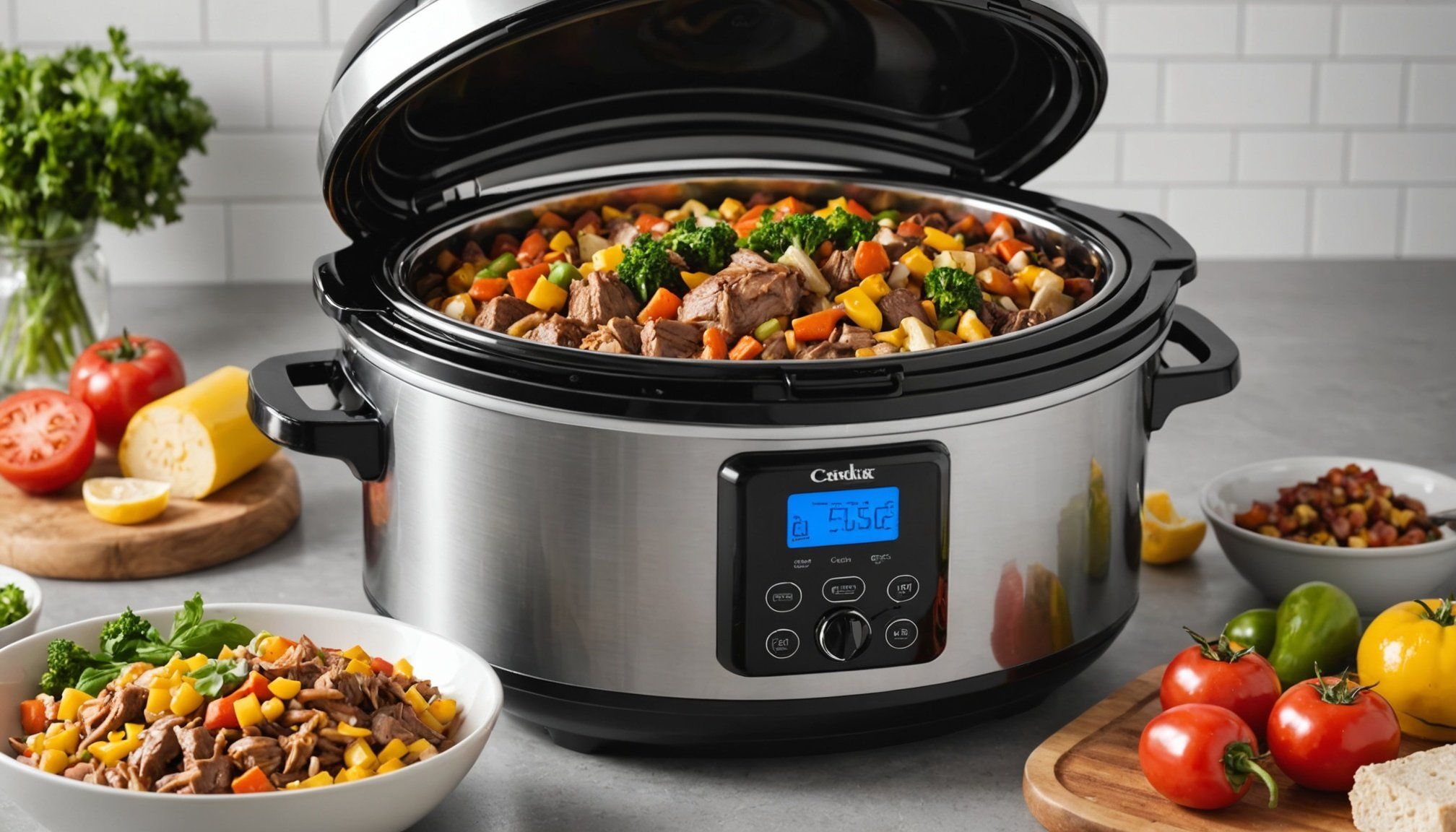In the fast-paced world we navigate today, preparing nutritious meals can sometimes feel overwhelming. Enter the slow cooker—an invaluable kitchen ally that not only helps you save time, but also ensures delicious food is ready when you are. By harnessing the power of this ingenious kitchen gadget, you can transform the way you approach meal prep and revolutionize your cooking habits. In this article, we will delve into effective strategies for using a slow cooker that will keep you well-fed and stress-free.
Understanding Your Slow Cooker
Before diving into slow cooking, it’s crucial to understand your machine. Different slow cookers have unique features and settings, and knowing how to utilize them can greatly enhance your cooking experience.
In parallel : How can I choose the best vacuum cleaner for pet hair removal?
Types of Slow Cookers
From basic models with just ‘low’ and ‘high’ settings to advanced cookers with programmable timers, the range is vast. Evaluate what features suit your cooking style and needs best. Consider energy efficiency, pot size, and additional functionalities like sauté options when choosing your appliance.
The Science Behind Slow Cooking
Slow cooking works by maintaining a consistent low temperature over an extended period. This method not only tenderizes meat but also allows ingredients to meld, enhancing the overall flavor profile of your dish. It’s a method that captures the essence of home-cooked meals without the fuss.
Also read : What should I look for in a high-efficiency dryer?
Setting Up for Success
Before you start, familiarize yourself with your slow cooker’s manual. Ensure you’ve identified the correct lid placement to avoid heat loss and understand the recommended cooking times specific to your appliance model. Doing so will guarantee that your culinary creations come out perfectly each time.
Mastering Meal Prep With a Slow Cooker
Meal prep is a game-changer when it comes to managing your time and diet. With a slow cooker, preparing meals ahead of time becomes a seamless process.
Planning Your Recipes
A successful meal prep strategy starts with planning. Select recipes that align with your dietary preferences and fit your schedule. Soups, stews, and casseroles are excellent choices for slow cooking as they develop rich flavors over hours.
Prepping Ingredients
Advance prep can drastically cut down on the morning rush. Chop vegetables, marinate meats, and measure out spices the night before. Store everything in containers so that when you’re ready to cook, all you need to do is add them to the cooker.
Time-Saving Tips
Utilize your slow cooker’s delay timer if your model has one. Set it to start cooking at a specific time, ensuring your meal is ready exactly when you need it. Additionally, doubling recipes can save time, providing extra portions that can be refrigerated or frozen for later use.
Creating Flavorful Slow Cooker Dishes
While simplicity is a hallmark of slow cooking, flavor should never be compromised. With the right techniques, your slow-cooked meals can be as mouth-watering as they are time-saving.
Layering for Flavor
When adding ingredients, consider the cooking process. Start with heartier ingredients like root vegetables or cuts of meat at the bottom, and place delicate items like herbs and greens on top. This layering ensures everything cooks evenly and flavors meld beautifully.
Adding Depth
Don’t shy away from browning meats before adding them to the slow cooker. A quick sear will enhance flavor and richness. Similarly, sautéing onions and garlic can elevate your dish to gourmet levels.
Enhancing Aromatics
Spices and herbs are your best friends in slow cooking. Use bold flavors like cumin, coriander, or rosemary to keep your dishes exciting. Introduce fresh herbs towards the end to preserve their vivid taste.
Maximizing Efficiency and Sustainability
Incorporating sustainability into your cooking routine not only benefits the environment but also your budget. Slow cooking is inherently efficient, but with a few tweaks, you can elevate its eco-friendly potential.
Energy Efficiency
Slow cookers consume less energy than traditional ovens, making them an eco-conscious choice for home chefs. To maximize energy savings, use a cooker that fits your meal size to avoid wasting energy heating empty space.
Using Leftovers Wisely
Never underestimate the power of leftovers. Incorporate them into new dishes or freeze them for future use. Slow-cooked chicken can be shredded for tacos, or roasted vegetables can become the base for a hearty salad.
Reducing Waste
Purchase bulk ingredients to minimize packaging waste and opt for locally sourced produce when possible. This not only supports local farmers but also reduces the energy used to transport food items over long distances.
Stepping into a realm where cooking meets convenience is a rewarding experience. By embracing the slow cooker, you allow yourself more time to enjoy the things you love, without compromising on the quality of your meals. Whether you’re a seasoned chef or new to the kitchen, this versatile tool opens up a world of possibilities, transforming the mundane into the extraordinary. As you integrate these techniques, you’ll find your culinary rhythm, discovering new ways to bring joy and nourishment to your table through the art of slow cooking.











